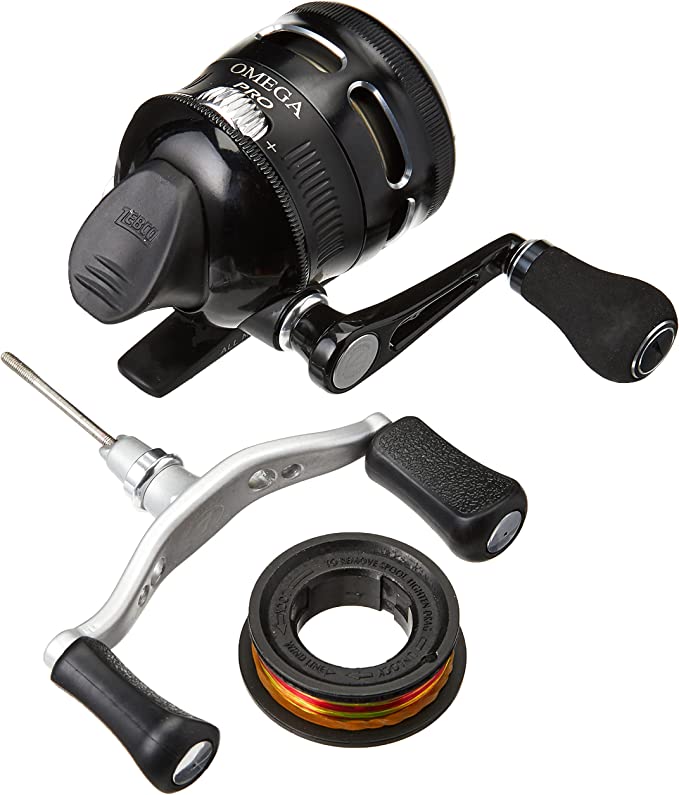The Heavyweight Science of Portable Smoke: Why Mass Matters in Mobile BBQ
Update on Nov. 19, 2025, 3:52 p.m.
In the world of outdoor gear, “lightweight” is usually the gold standard. Backpackers count grams, and campers seek compact efficiency. But when it comes to thermodynamics—specifically, the art of smoking meat—physics disagrees with the lightweight philosophy.
Authentic barbecue relies on stability: stable temperatures, stable smoke composition, and stable heat retention. Achieving this in a backyard is standard practice. Achieving it in a parking lot, at a campsite, or on a windy beach requires a completely different engineering approach.
The recteq RT340P (Road Warrior) offers a fascinating case study in this contradiction. It is a “portable” device that many users describe as “built like a tank.” While some bemoan the weight, a deeper look at the materials science and control theory reveals that its heft is not a flaw—it is a functional requirement for precision.

The Metallurgy of Stability: Decoding 304 Stainless Steel
If you examine the specifications of generic portable grills, you will often see “powder-coated steel” or lower-grade “430 stainless.” The RT340P distinguishes itself by utilizing 304 austenitic stainless steel for its firepot, heat deflector, and drip pan.
Why does this specific alloy matter? It comes down to chemistry. * Chromium & Nickel: 304 stainless contains roughly 18% chromium and 8% nickel. The nickel is the key differentiator. It stabilizes the austenitic structure of the metal, making it non-magnetic and, crucially, significantly more resistant to corrosion from chlorides (like salt air at the beach) and acids (like the sulfur compounds found in meat fats and smoke). * Thermal Mass: The heavy-gauge construction provides “thermal mass.” In a small grill, opening the lid causes a rapid loss of air temperature. A heavy steel body retains heat energy, radiating it back into the cooking chamber to help the air temperature recover faster once the lid is closed. This minimizes temperature swings that can dry out meat.
For a “Road Warrior,” this metallurgy is the difference between a grill that rusts out after one season of damp storage and one that survives years of abuse.

Control Theory: The PID Advantage in Small Spaces
Temperature control in a large smoker is somewhat forgiving; the sheer volume of air buffers mistakes. In a compact portable unit like the RT340P (with 340 square inches of cooking space), the margin for error is razor-thin. A sudden gust of wind or a slightly overfed firepot can cause temperature spikes that ruin a brisket.
This is where the PID Controller (Proportional-Integral-Derivative) becomes the engine of success. Unlike a simple thermostat that cycles the burner on and off (causing 20°F+ swings), a PID algorithm mathematically predicts the future.
- Proportional (P): Looks at the current error. “We are 5°F below target; add fuel.”
- Integral (I): Looks at the past. “We have been consistently 2°F low for the last 10 minutes; increase the baseline fan speed.”
- Derivative (D): Looks at the future rate of change. ” The temperature is rising fast and will hit the target in 10 seconds; slow down the fuel now to prevent overshooting.”
The RT340P’s controller executes this loop constantly. For the user, this means you can treat a 12-hour smoke in a windy parking lot with the same “set-and-forget” confidence as an indoor oven.

The Connectivity Debate: Reliability vs. Features
A polarizing aspect of the RT340P is its lack of WiFi connectivity, a feature found in its stationary siblings. In our hyper-connected world, this feels like an omission. However, from an engineering standpoint for a travel unit, it can be viewed as a focus on simplicity.
Wireless modules introduce complexity and potential failure points. They also require a stable network, which is often nonexistent in true “Road Warrior” scenarios—national parks, remote campsites, or stadium parking lots. By eliminating the reliance on an app, the design forces the user to interact directly with the physical interface, ensuring that the cooking process is robust and self-contained. The PID controller does the heavy lifting internally, removing the need for constant remote monitoring.
Power and Logistics: The Tethered Reality
It is vital to clarify the power requirements. The RT340P runs on 110V AC, meaning it is not a “truly wireless” device like a charcoal grill. It requires a tether—either to a standard outlet, a generator, or a vehicle equipped with a pure sine wave inverter.
This places it firmly in the category of Vehicle-Supported Adventure gear. It is designed for RVers, tailgaters, and overlanders with power infrastructure, not for primitive tent camping. The HotFlash Ceramic Ignition system alone (rated for 100,000 cycles) draws significant current during startup, so ensuring your power source can handle the peak load is part of the logistical planning required for this level of culinary performance.
Conclusion: Engineering Over Gadgets
The recteq RT340P is not the lightest portable grill, nor is it the most tech-heavy. But it is arguably one of the most engineered. By prioritizing the metallurgy of 304 stainless steel and the computational precision of PID algorithms over weight savings and wireless gimmicks, it delivers something rare: reliable, competition-grade smoke in a mobile package.
For the serious cook, the trade-off is clear. You carry a little more weight to gain a lot more control. And when that brisket comes off the grates tender and perfectly barked, miles from home, the physics of that heavy steel prove their worth.































